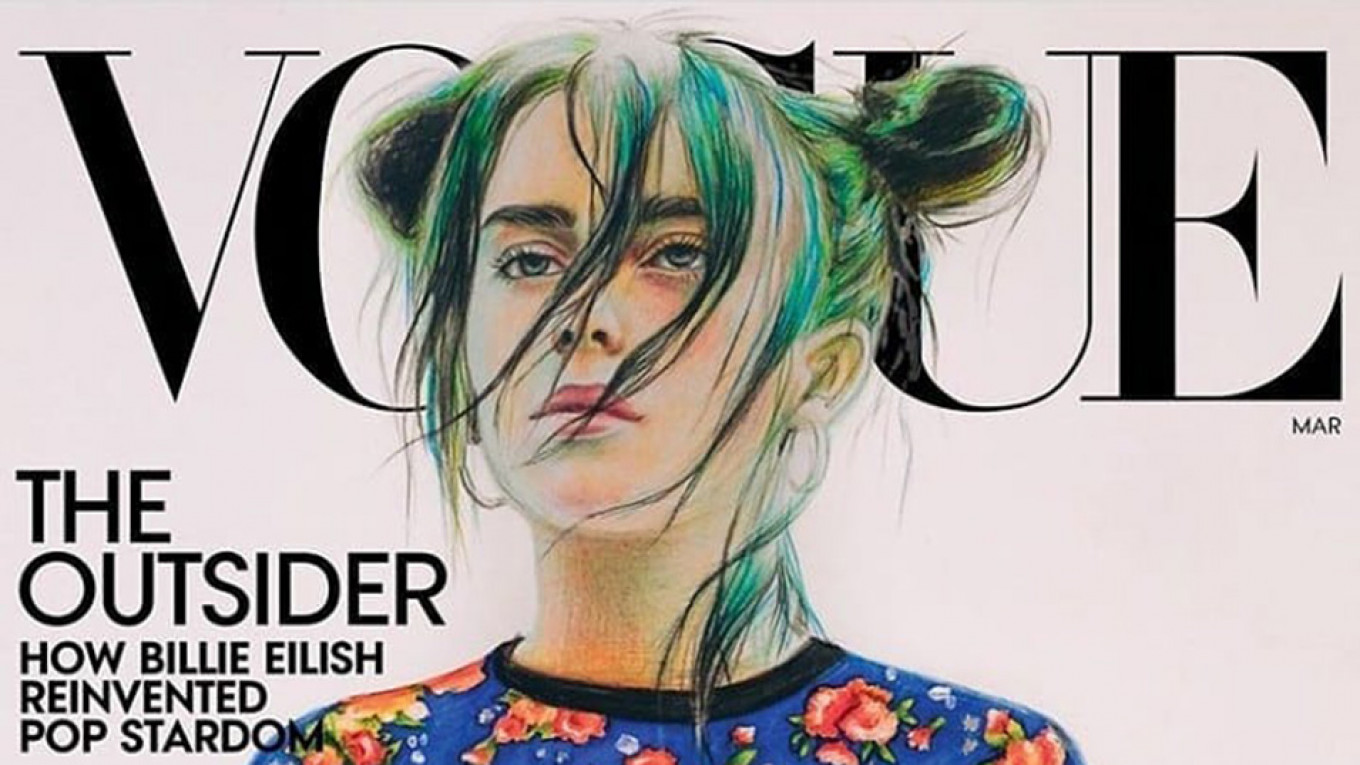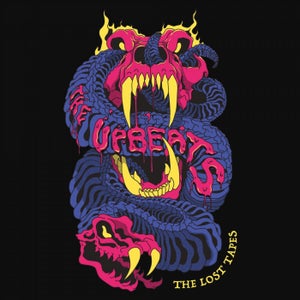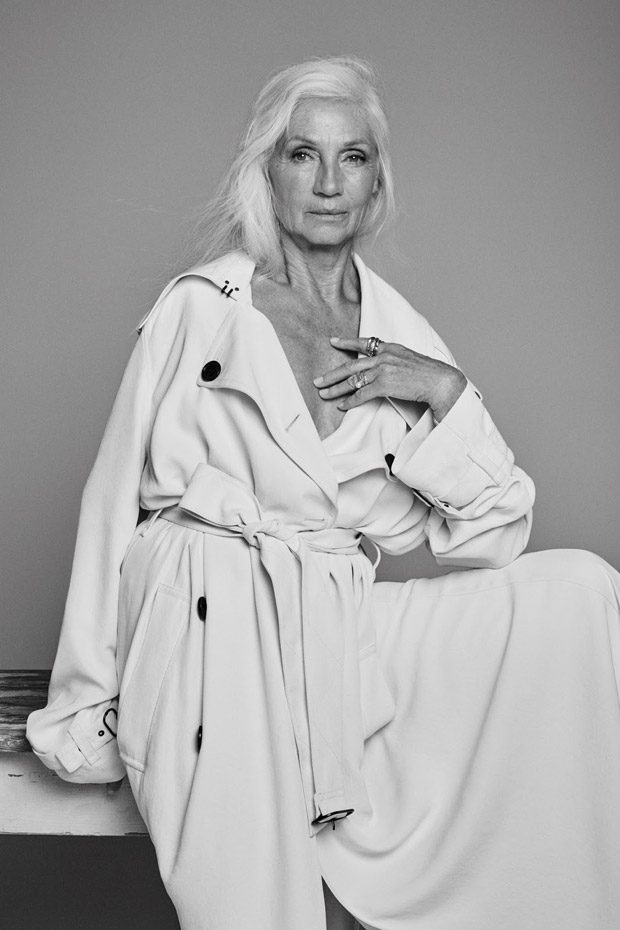- Acoustic
- Acoustic Pop
- Folk
- Indie
- Indie Folk
- Mellow
- Neo Mellow
- Pop Rock
- Singer-songwriter
- Stomp And Holler
Fashion Girl Illustration Smoking Lip Wine Wall Art, Vogue Art, Fashion Girl Wall Art, Wal Art Set, Canvas Painting Art, Wall Prints, Art NOLIMITEStore 5 out of 5 stars (7) $ 9.99 FREE shipping Add to Favorites Vintage Vogue Magazine Cover - 1925 January - Pink Feather Tail Dress Girl - Art Illustration - Instant Digital Download - 300dpi jpg. Jun 04, 2020 A few of our favourite Aboriginal artists. Content Warning: Aboriginal and Torres Strait Islander people are warned that this article contains the names, images, artworks and stories who have died.
Brett Dennen (born October 28, 1979) is a folk/pop singer-songwriter from Oakdale, California, United States. He has been compared to Bob Dylan, Tracy Chapman, Jack…
Full Bio
Brett Dennen At The Vogue
Fri Jul 09, 2021Buy Tickets
Brett Dennen (born October 28, 1979) is a folk/pop singer-songwriter from Oakdale, California, United States. He has been compared to Bob Dylan, Tracy Chapman, Jack Johnson, James Taylor, and Wynonna Judd.

In 2004, Dennen released his first self-titled album, Brett Dennen. His second album was So Much More, which includes the singles 'Ain't No Reason', 'She's Mine', and 'Darlin' Do Not Fear'. A few songs charted as iTunes top downloads in the days following the album's release in November 2006. [1] Dennen also contributed a cover of 'Private Life' to the 2006 tribute album Drink To Bones That Turn To Dust: A Toast To Oingo Boingo.
Vogue Artist Pencil Drawings 1960's
Dennen's music has been featured in several television shows, including'Roadtrip Nation' on PBS, Grey's Anatomy, the House episode 'Family', The Unit episode 'Freefall', and the Scrubs episode 'My No Good Reason'. In addition to television series, Dennen's music has also been used in national advertising campaigns for companies such as Hilton Hotels.

He has toured extensively across the U.S. with his band (including drummer Randy Schwartz), supporting such musicians as John Mayer and guitar duo Rodrigo y Gabriela. As of fall 2007, he is currently touring with Guster and singer-songwriters Meiko and Joshua James.
Dennen has been a part of The Mosaic Project, San Francisco Bay Area based nonprofit, since its inception. The Mosaic Project works towards a peaceful future by uniting young children of diverse backgrounds, providing them with essential skills to thrive in an increasingly diverse society, and empowering them to strive for peace. As The Mosaic Project's Resident Rock Star, Dennen created an original musical curriculum for the program, which they released as an album called Children's Songs for Peace and a Better World, in 2003. It won a Children's Music Web 2004 Award and a Parent's Choice 2004 Approved Award.
In November, 2007, Dennen was named as one of Rolling Stone Magazine's '10 Artists To Watch.'
Discography
* Children's Songs for Peace and a Better World (2003)
* Brett Dennen (2004)
* So Much More (2006)
* Hope for the Hopeless (2008)
Read more on Last.fm. User-contributed text is available under the Creative Commons By-SA License; additional terms may apply.
Vogue Magazine Cover Artists
This artist doesn't have any past events at The Vogue.
Visual C 2010 Express Edition provides a complete integrated development and debugging environment making it the easiest way to create custom, powerful applications using the C/C language. Visual C 2010 Express Edition also contains an enhanced version of the C/C optimizing compiler for the fastest executables. Microsoft visual c++ 2010 express. Essential toolkit for Visual C. Visual C 2010 Express is a free set of tools that developers can use to create custom applications using basic and expert settings. Visual C is a powerful development environment that's designed to give you detailed control when you build either native Windows (COM+) applications or.NET Framework managed Windows applications.
There is a dangerous myth that queer life did not exist in a public way until the 1960's – the assumption being that LGBTQ (Lesbian, Gay, Bisexual, Transgender, Queer) identified people were 'closeted' in isolation and invisibility. This could not be further from the truth. Historical scholarship has unearthed a world of saloons, cabarets, speakeasies, rent parties, and drag balls that existed since the late 1800's as spaces where LGBTQ identities were not only visible, but openly celebrated. Some of the most influential residential enclaves for these communities were in New York, one of the most notable being Harlem.
Richard Bruce Nugent, Tom Wirth, Wikimedia Commons.

Vogue Artists Famous
At the beginning of the twentieth century, a distinctly black LGBTQ culture took shape in Harlem. The Harlem Renaissance (1920-1935) was particularly influential to this process. The intellectual, cultural and artistic movement took the neighborhood by storm, bringing with it a flurry of literature, art, and music that centered black life. Many of the movement's leaders were openly gay or identified as having nuanced sexualities including Angelina Weld Grimké, Claude McKay, Langston Hughes, Wallace Thurman, Alice Dunbar-Nelson, Alain Locke, and Richard Bruce Nugent among others. The movement offered a new language that challenged social structures and demonstrated the ways that race, gender, sex and sexuality distinctions were actually intersecting, fluid and constantly evolving.
Over the years, Harlem continued to be a vibrant site of LGBTQ art, activism and culture. So it should come as no surprise that Harlem was the birthplace of 'vogue', a highly stylized form of dance created by black and Latino LGBTQ communities. Between the 1960's and 80's New York drag competitions known as 'balls' transformed from elaborate pageantry to 'vogue' battles. As part of this ballroom culture, black and Latino voguers would compete for trophies and the reputation of their 'Houses' – groups that were part competitive affiliation, part surrogate family. Named after the famous fashion magazine, vogue took from the poses in high fashion and ancient Egyptian art, adding exaggerated hand gestures to tell a story and imitate various gender performances in categorized drag genres.
Through dance, drag queens showed how gender is a performance – they pretended to put on makeup or 'beat face', style their hair, and put on extravagant clothes. This creative performance through voguing was even used to peacefully settle disputes among rivals in an environment that assumed a degree of mutual respect and compassion. Using dance and pantomime, the voguers would 'read' each other. Ultimately, the winner would be the person who 'threw the best shade.'
With time, vogue changed from the 'Old Way' (which emphasized hard angles and straight lines) to the 'New Way' in the late 1980's (which added elements like the catwalk, the duckwalk, spinning, bussey and enhanced hand performance). Today, New Way is characterized by more rigid movements and 'clicks' or joint contortions. Vogue Fem uses similar 'New Way' elements but focuses on speed, flow and stunts. Regardless of the style, voguing shows the courage of black and Latino LGBTQ communities to make an art form that goes beyond creative expression. Vogue offers a sense of identity, belonging and dignity in a world that does not fully value their lives.
The documentary Paris is Burning captures a snapshot of the history of vogue in the mid-late 1980's. This iconic film by Jennie Livingston was a portrait of some of the most prominent voguers in New York's ballroom scene and the challenges they faced along the lines of race, gender, class and sexuality. Although it is widely celebrated as an invaluable piece of documentary history on LGBTQ communities of color, the film remains controversial. The voguers in the film were working-class, poor and/or sex working. Some were even battling homelessness and HIV/AIDS. Yet they had to sue to be paid next to nothing for their participation in the film.
Feminists like bell hooks believe that Livingston was not critical of her position as a white filmmaker. hooks goes on to argue that without references to any subversive process that might be taking place, voguers seem to imitate the very structures that marginalize them. Other scholars maintain that the imitation used in vogue creates a black imaginative space where aesthetics and LGBTQ life can be explored in all its complexity.
These complicated issues of race, representation and appropriation in relation to vogue continue today. They are important to address in order to keep traditions that are at once black, brown and LGBTQ and debunk the myth that LGBTQ lives of color were never publicly lived.
Explore our Cultural Expressions exhibition to learn more about social dance and gestures!

Brett Dennen At The Vogue
Fri Jul 09, 2021Buy Tickets
Brett Dennen (born October 28, 1979) is a folk/pop singer-songwriter from Oakdale, California, United States. He has been compared to Bob Dylan, Tracy Chapman, Jack Johnson, James Taylor, and Wynonna Judd.
In 2004, Dennen released his first self-titled album, Brett Dennen. His second album was So Much More, which includes the singles 'Ain't No Reason', 'She's Mine', and 'Darlin' Do Not Fear'. A few songs charted as iTunes top downloads in the days following the album's release in November 2006. [1] Dennen also contributed a cover of 'Private Life' to the 2006 tribute album Drink To Bones That Turn To Dust: A Toast To Oingo Boingo.
Vogue Artist Pencil Drawings 1960's
Dennen's music has been featured in several television shows, including'Roadtrip Nation' on PBS, Grey's Anatomy, the House episode 'Family', The Unit episode 'Freefall', and the Scrubs episode 'My No Good Reason'. In addition to television series, Dennen's music has also been used in national advertising campaigns for companies such as Hilton Hotels.
He has toured extensively across the U.S. with his band (including drummer Randy Schwartz), supporting such musicians as John Mayer and guitar duo Rodrigo y Gabriela. As of fall 2007, he is currently touring with Guster and singer-songwriters Meiko and Joshua James.
Dennen has been a part of The Mosaic Project, San Francisco Bay Area based nonprofit, since its inception. The Mosaic Project works towards a peaceful future by uniting young children of diverse backgrounds, providing them with essential skills to thrive in an increasingly diverse society, and empowering them to strive for peace. As The Mosaic Project's Resident Rock Star, Dennen created an original musical curriculum for the program, which they released as an album called Children's Songs for Peace and a Better World, in 2003. It won a Children's Music Web 2004 Award and a Parent's Choice 2004 Approved Award.
In November, 2007, Dennen was named as one of Rolling Stone Magazine's '10 Artists To Watch.'
Discography
* Children's Songs for Peace and a Better World (2003)
* Brett Dennen (2004)
* So Much More (2006)
* Hope for the Hopeless (2008)
Read more on Last.fm. User-contributed text is available under the Creative Commons By-SA License; additional terms may apply.
Vogue Magazine Cover Artists
This artist doesn't have any past events at The Vogue.
Visual C 2010 Express Edition provides a complete integrated development and debugging environment making it the easiest way to create custom, powerful applications using the C/C language. Visual C 2010 Express Edition also contains an enhanced version of the C/C optimizing compiler for the fastest executables. Microsoft visual c++ 2010 express. Essential toolkit for Visual C. Visual C 2010 Express is a free set of tools that developers can use to create custom applications using basic and expert settings. Visual C is a powerful development environment that's designed to give you detailed control when you build either native Windows (COM+) applications or.NET Framework managed Windows applications.
There is a dangerous myth that queer life did not exist in a public way until the 1960's – the assumption being that LGBTQ (Lesbian, Gay, Bisexual, Transgender, Queer) identified people were 'closeted' in isolation and invisibility. This could not be further from the truth. Historical scholarship has unearthed a world of saloons, cabarets, speakeasies, rent parties, and drag balls that existed since the late 1800's as spaces where LGBTQ identities were not only visible, but openly celebrated. Some of the most influential residential enclaves for these communities were in New York, one of the most notable being Harlem.
Richard Bruce Nugent, Tom Wirth, Wikimedia Commons.
Vogue Artists Famous
At the beginning of the twentieth century, a distinctly black LGBTQ culture took shape in Harlem. The Harlem Renaissance (1920-1935) was particularly influential to this process. The intellectual, cultural and artistic movement took the neighborhood by storm, bringing with it a flurry of literature, art, and music that centered black life. Many of the movement's leaders were openly gay or identified as having nuanced sexualities including Angelina Weld Grimké, Claude McKay, Langston Hughes, Wallace Thurman, Alice Dunbar-Nelson, Alain Locke, and Richard Bruce Nugent among others. The movement offered a new language that challenged social structures and demonstrated the ways that race, gender, sex and sexuality distinctions were actually intersecting, fluid and constantly evolving.
Over the years, Harlem continued to be a vibrant site of LGBTQ art, activism and culture. So it should come as no surprise that Harlem was the birthplace of 'vogue', a highly stylized form of dance created by black and Latino LGBTQ communities. Between the 1960's and 80's New York drag competitions known as 'balls' transformed from elaborate pageantry to 'vogue' battles. As part of this ballroom culture, black and Latino voguers would compete for trophies and the reputation of their 'Houses' – groups that were part competitive affiliation, part surrogate family. Named after the famous fashion magazine, vogue took from the poses in high fashion and ancient Egyptian art, adding exaggerated hand gestures to tell a story and imitate various gender performances in categorized drag genres.
Through dance, drag queens showed how gender is a performance – they pretended to put on makeup or 'beat face', style their hair, and put on extravagant clothes. This creative performance through voguing was even used to peacefully settle disputes among rivals in an environment that assumed a degree of mutual respect and compassion. Using dance and pantomime, the voguers would 'read' each other. Ultimately, the winner would be the person who 'threw the best shade.'
With time, vogue changed from the 'Old Way' (which emphasized hard angles and straight lines) to the 'New Way' in the late 1980's (which added elements like the catwalk, the duckwalk, spinning, bussey and enhanced hand performance). Today, New Way is characterized by more rigid movements and 'clicks' or joint contortions. Vogue Fem uses similar 'New Way' elements but focuses on speed, flow and stunts. Regardless of the style, voguing shows the courage of black and Latino LGBTQ communities to make an art form that goes beyond creative expression. Vogue offers a sense of identity, belonging and dignity in a world that does not fully value their lives.
The documentary Paris is Burning captures a snapshot of the history of vogue in the mid-late 1980's. This iconic film by Jennie Livingston was a portrait of some of the most prominent voguers in New York's ballroom scene and the challenges they faced along the lines of race, gender, class and sexuality. Although it is widely celebrated as an invaluable piece of documentary history on LGBTQ communities of color, the film remains controversial. The voguers in the film were working-class, poor and/or sex working. Some were even battling homelessness and HIV/AIDS. Yet they had to sue to be paid next to nothing for their participation in the film.
Feminists like bell hooks believe that Livingston was not critical of her position as a white filmmaker. hooks goes on to argue that without references to any subversive process that might be taking place, voguers seem to imitate the very structures that marginalize them. Other scholars maintain that the imitation used in vogue creates a black imaginative space where aesthetics and LGBTQ life can be explored in all its complexity.
These complicated issues of race, representation and appropriation in relation to vogue continue today. They are important to address in order to keep traditions that are at once black, brown and LGBTQ and debunk the myth that LGBTQ lives of color were never publicly lived.
Explore our Cultural Expressions exhibition to learn more about social dance and gestures!
Tsione Wolde-Michael is the Writer/Editor for the Office of Curatorial Affairs, Smithsonian National Museum of African American History and Culture.

